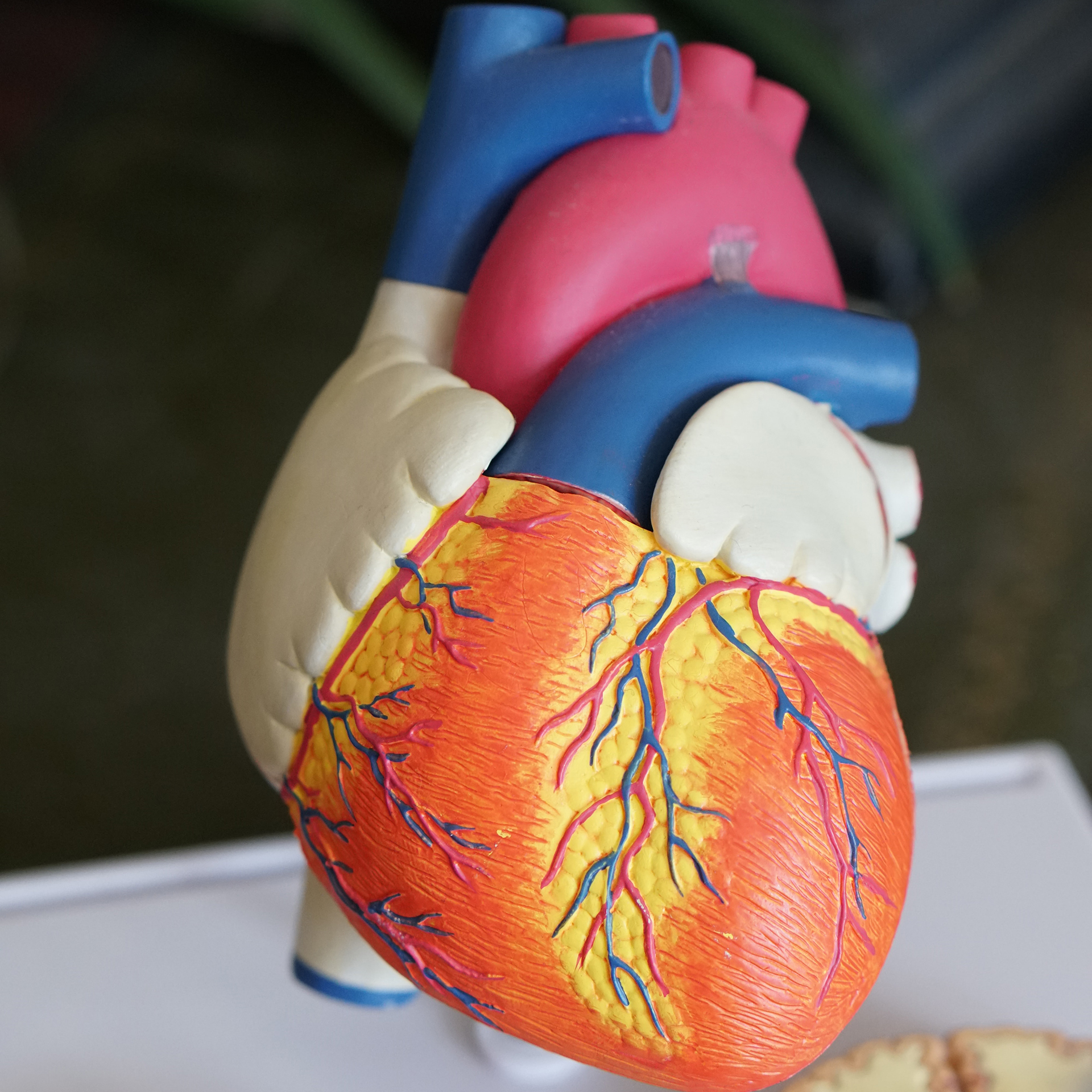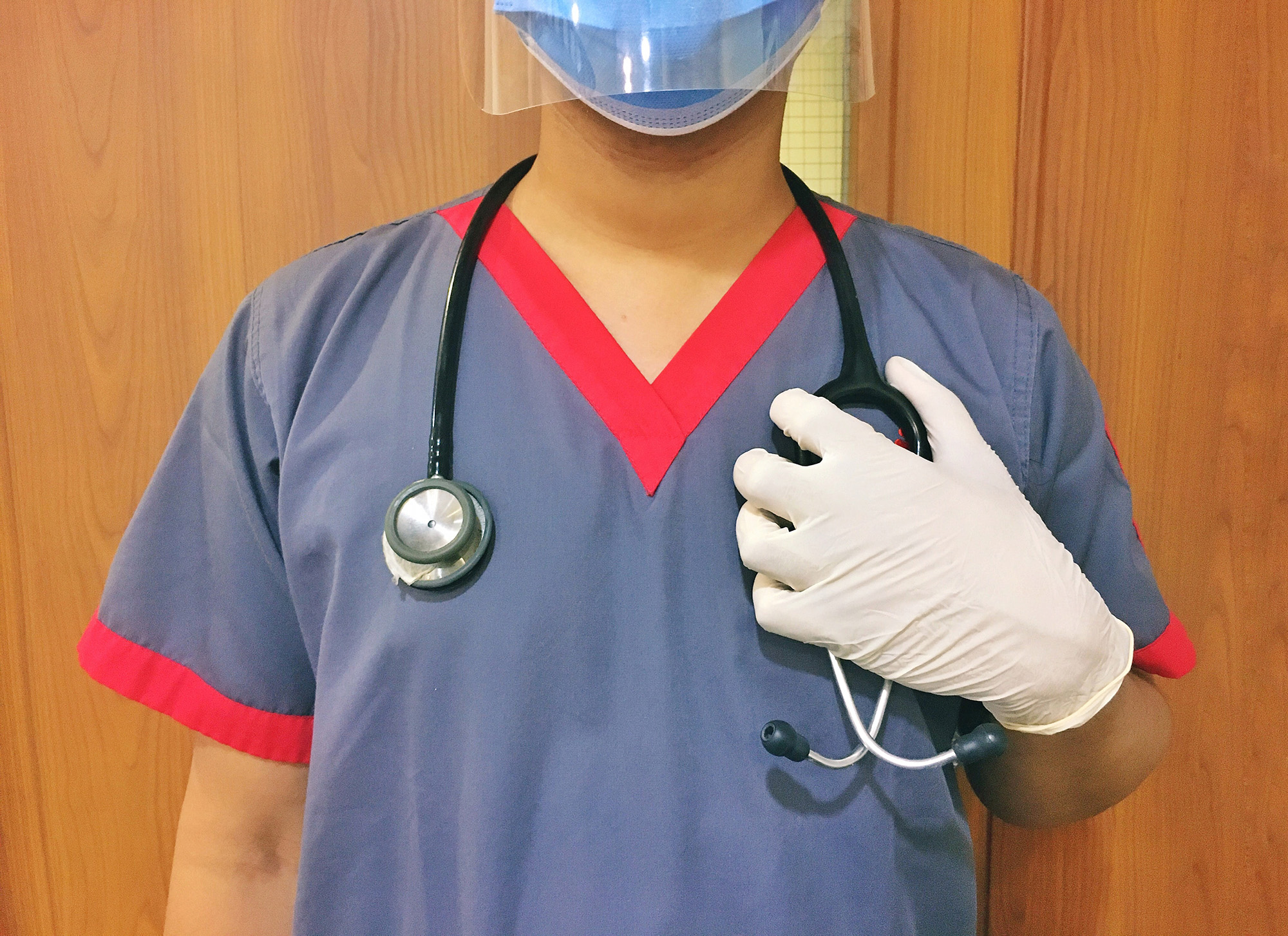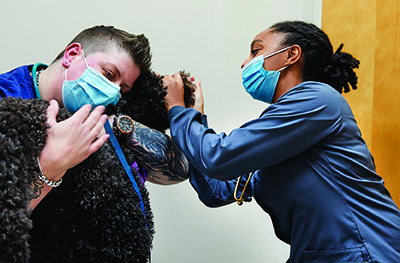By Dr. Gerard Muraida
The Greek physician and philosopher Galen first described the shaking palsy, later known as Parkinson’s disease, in 175 AD. However, it was not until 1817, in London, that James Parkinson published a formal essay about this condition and titled it “An Essay on the Shaking Palsy.” Fifty years later Jean-Martin Charcot, a medical researcher known as the founder of neurology in France, wrote about the importance of Parkinson’s work and renamed the disease paralysis agitans.
Typically, Parkinson’s disease, which is a neurodegenerative disease that affects movement, begins between age 40 and 70, with most patients diagnosed in their 60s. It is more common in men than women and has been observed in all countries and in all races. Unfortunately, there is no definitive test to diagnose Parkinson’s disease, and there is no cure. There are, however, many effective treatments to slow the disease progression.
Parkinson’s is a clinical syndrome characterized by three cardinal signs: bradykinesia (very slow movement, with difficulty starting a movement), tremor, and loss of balance.
Tremors often involve the hand, and because the hand is usually at rest, the tremors are referred to as resting tremors. This tremor is in contrast to intention tremors that occur with movement. These tremors are unrelated to Parkinson’s disease. Voluntary movement usually reduces the tremor, and complete relaxation, such as sleep, greatly reduces or abolishes the tremor.
Rigidity may be present when the patient is awake and relaxed. When testing muscle function, rigidity is characterized by intermittent firm and tense muscle tone. When this rigidity is superimposed upon tremor, it feels like a ratchet phenomenon. Doctors refer to this as cog-wheeling.
Parkinson’s patients tend to exhibit infrequent blinking and a paucity of facial expression. When walking, there is reduced arm swing, and when attempting to look to either side, only the eyes move and not the head.
Handwriting becomes smaller over time and is known as micrographia.
When beginning to walk, there is a hesitation to start, and the steps are quite short and rapid, barely clearing the floor. This is referred to as a shuffling gait. When attempting to turn, rather than rotating on one foot, short steps are taken to effect the turn and are referred to as on- block turning.
Parkinson’s disease occurs due to the lack of a neurotransmitter called dopamine. Dopamine allows messages from one nerve to travel to another nerve to allow for smooth movements. All of the classifications of medicines approved for Parkinson’s disease are aimed at preserving dopamine or mimicking dopamine’s effect. Some of the most common medications are carbidopa/levodopa (Sinemet), ropinirole (Requip), entacapone (Comtan), and seligiline (Eldepryl).
There are other medications and even surgical interventions, including deep brain stimulation, to further treat this progressive disease. Newer medications and treatments are under investigation.
Non-pharmaceutical and non-surgical management treatment is also recommended. Physical therapy, occupational therapy, and speech therapy can be quite helpful in maintaining strength, coordination, and communication.
Anyone diagnosed with Parkinson’s disease should stay active by engaging in flexibility and balance exercises. Tai chi, yoga, swimming, and dance can be helpful. Ask your health care provider if a Parkinson’s-specific exercise program is beneficial for you. Eat a healthful diet consisting of fiber, and drink plenty of water to prevent constipation. Make your living environment safe by getting rid of throw rugs, and clear electrical cords away from walking paths.
Discuss your diagnosis and treatment options with your health care provider, and stay as active and safe as you can.














